Generally speaking, whenever it is important to work with extreme precision while precisely positioning very small parts (for example, working with fine-pitch components) or to align vertically different masks or layers (for example, for manufacturing multilayer boards, or to align a stencil to a PB), automatic optical alignment-based machines are necessary.
Just to reduce or to oppose the impact of the unavoidable dimensional tolerances (always present in manufatured parts), these high-precision machines need to be based on the optical alignments, referred to some specific locations/areas, both on the parts to be worked, and on the tools/templates used by manufacturing machines.
These locations, marked in different way (circle, dots or even crossed lines, according to the machines used) are called fiducials in the PCB's jargon, and their number & locations will tightly depend from the targeted precision of the manufacturing process.
In the case of solder paste printing process in PCB assembly, having to deposit very controlled volumes of solder paste on small (and very near) pads, the stencil is designed with its own referenced fiducials, in order to permit the alignment of the apertures on the stencil with the solder pads on the PCB, that is, by aligning the fiducials on the stencil with respect to the fiducials on the PB (effectively, in the case of high-precision solder printing machines, a top-bottom view camera is provided, in order to align the two parts).
And, since you don't want to deposit solder paste on the board fiducials , otherwise you will ruin/damage them, the fiducials on the stencil must be closed on the top (in order to block the solder paste release), and visible on the back, that is, practically they need to be half-etched in the stencil.
